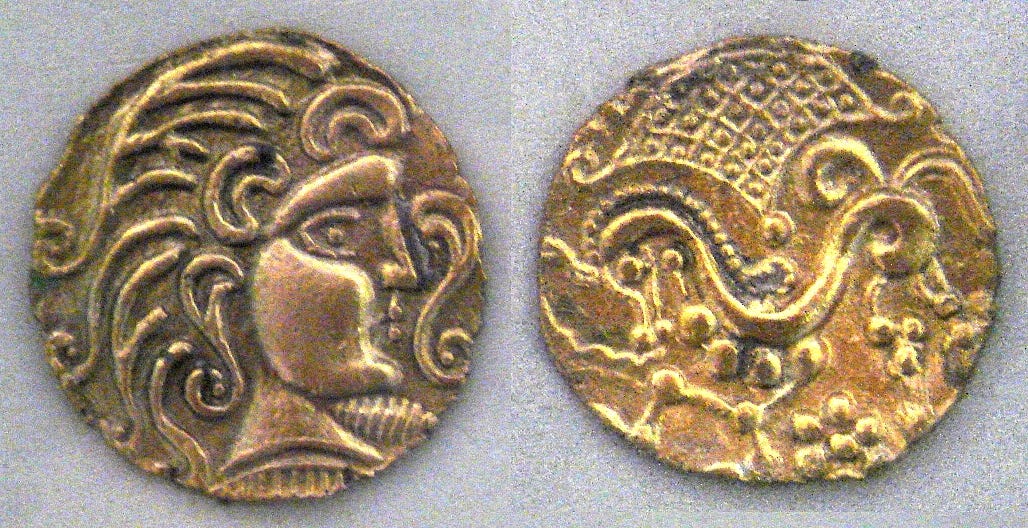Welcome to
. The following is part of our Paris series. For the full map of Cosmographia posts, see here.Nicolas Delamare was not your average 17th-century Parisian. Born outside Paris in 1639, his keen mind and advantageous marriage propelled him through the administrative ranks, even catching the eye of Louis XIV.
Among the highlights of his glittering CV: investigations into corruption in the building of the Palace of Versailles; overseeing the appeasement of popular unrests during the famines of the 1690s; and he was even entrusted with the household intendance of the Sun King’s bastard child, Louis de Bourbon, after the scandal of his homosexual relationship with Philippe, Chevalier de Lorraine.
Delamare’s legacy, however, lies in his monumental work Traité de la Police, where his painstaking research into the city’s archives birthed an incredibly detailed historical and regulatory snapshot of Paris. Alongside his meticulous catalog of rules and public orders (which are frankly, quite dull) there’s also one of the first efforts to show historical change through cartography. Although some of the features aren’t entirely accurate, these maps remain a fascinating glimpse into the history of the city, from ancient to 18th-century Paris.
In this post, the first of a series, we’ll explore the captivating history of Paris through Delamare’s meticulously crafted maps, stepping into various epochs that have shaped the famed City of Lights.
Roman Lutetia

Somewhere between 250-225 BC, a Celtic tribe known as the Parisii built a walled fort along the banks of the Seine River. The location of this oppidum is somewhat disputed, but some scholars point to the Île de la Cité, where bridges connected important trade routes across the river. The fees charged for river crossings made the small settlement prosperous enough to mint their own gold coins. Strabo named this town “Lucotocia”, perhaps coming from the Celtic word luco, meaning swamp.
Julius Caesar brought his Roman legions to Gaul (roughly modern-day France) between 58 and 53 BC, under the pretence of defending the Gauls against Germanic invasions. On a visit to Lucotocia in 53 BC, Caesar requested military aid from the local Parisii tribe, who, while outwardly cooperative, didn’t trust the Romans and secretly allied themselves with other Gallic tribes. This alliance, led by Vercingetorix, openly rebelled against Rome the following year.
In response, Caesar reacted swiftly to suppress the uprising, marching legions to the banks of the Seine. The Parisii, led by Camulogene, engaged in a tactical battle with the Romans, destroying first the left and then the right bridge of their small settlement to hinder their foes’ approach. Then he set fire to the town itself and withdrew his army to the left bank of the Seine at what is now Saint-Germain-des-Prés. But, the Romans are the Romans and their military nous was not often bested. After a faux retreat, Caesar’s deputy, Labienus, tricked the Parisii into charging directly into an ambush. They promptly routed the brave Gauls.






